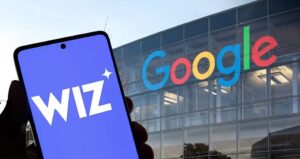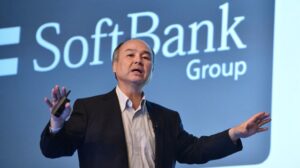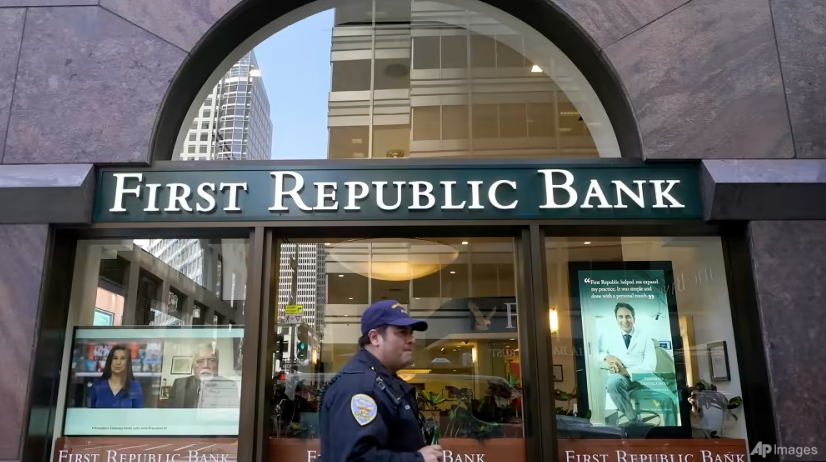|
Getting your Trinity Audio player ready...
|
JPMorgan Chase acquires First Republic Bank with assets and deposits valued at over $330 billion. First Republic Bank, based in San Francisco, California, has been closed by the California Department of Financial Protection and Innovation, with the Federal Deposit Insurance Corporation (FDIC) acting as a receiver.
In a move aimed at safeguarding depositors, the FDIC has entered into a purchase and assumption agreement with JPMorgan Chase Bank, National Association, headquartered in Columbus, Ohio, which will assume all of First Republic Bank’s deposits and substantially all of its assets.
According to the FDIC report, the bank deposits will remain insured by the organization, incurring an approximate cost of $13 billion to its insurance fund. The acquisition will include total deposits of $103.9 billion and assets worth $229.1 billion.
JPMorgan Chase Bank, National Association submitted a bid for all of First Republic Bank’s deposits, and as part of the agreement, all 84 of First Republic Bank’s offices in eight states will open as branches of JPMorgan Chase Bank, National Association during regular business hours today. All depositors of First Republic Bank will become customers of JPMorgan Chase Bank, National Association, and will have full access to their deposits.
The deposits will continue to be insured by the FDIC, and customers do not need to change their banking relationship to maintain their deposit insurance coverage up to the applicable limits. Customers of First Republic Bank should continue to use their existing branch until they receive notice from JPMorgan Chase Bank and National Association that other JPMorgan Chase Bank, and National Association branches are ready to process their accounts.
As of April 13, 2023, First Republic Bank had approximately $229.1 billion in total assets and $103.9 billion in total deposits. In addition to assuming all of the deposits, JPMorgan Chase Bank, National Association has agreed to purchase substantially all of First Republic Bank’s assets.
The FDIC and JPMorgan Chase Bank, National Association have also entered into a loss-share transaction on single-family, residential, and commercial loans purchased from the former First Republic Bank. The FDIC, as a receiver, and JPMorgan Chase Bank, National Association will share losses and potential recoveries on the loans covered by the loss-share agreement.
The loss-share transaction is expected to maximize recoveries on the assets by keeping them in the private sector and minimizing disruptions for loan customers. Additionally, JPMorgan Chase Bank, National Association will assume all Qualified Financial Contracts.
The resolution of First Republic Bank involved a highly competitive bidding process and resulted in a transaction consistent with the least-cost requirements of the Federal Deposit Insurance Act. The FDIC estimates that the cost to the Deposit Insurance Fund will be approximately $13 billion, although the final cost will be determined when the FDIC terminates the receivership.
The acquisition of First Republic Bank is part of JPMorgan Chase Bank, the National Association’s strategic plan to expand its branch network and customer base. The bank has stated that it plans to invest in and grow its presence in California and other key markets.
First Republic Bank’s closure is the third failure of an American bank since March, following the sudden collapse of Silicon Valley Bank, which catered to the tech startup community, and the closing of Ponce de Leon Federal Bank in Florida.
First Republic, which is also a California-based specialty lender of sorts, catered to wealthy coastal Americans, offering them low-rate mortgages in exchange for keeping cash at the bank. However, after the SVB collapse, First Republic clients withdrew more than $100 billion in deposits, causing the model to unravel. Institutions with a high proportion of uninsured deposits like SVB and First Republic found themselves vulnerable, as clients feared losing savings in a bank run.
JPMorgan Chase Bank, National Association has assets of approximately $3.5 trillion and operates in more than 60 countries. The bank serves millions of consumers, small businesses, corporations, governments, and institutions with a broad range of financial services.



